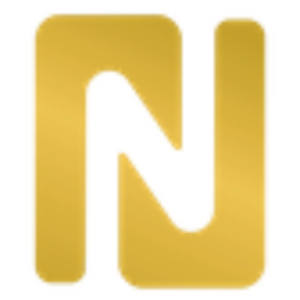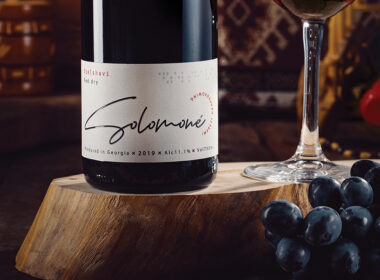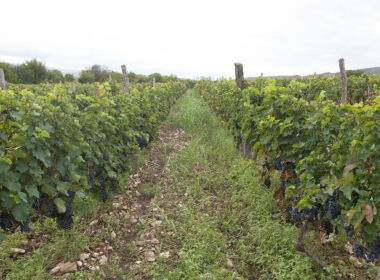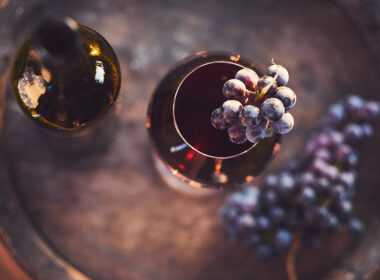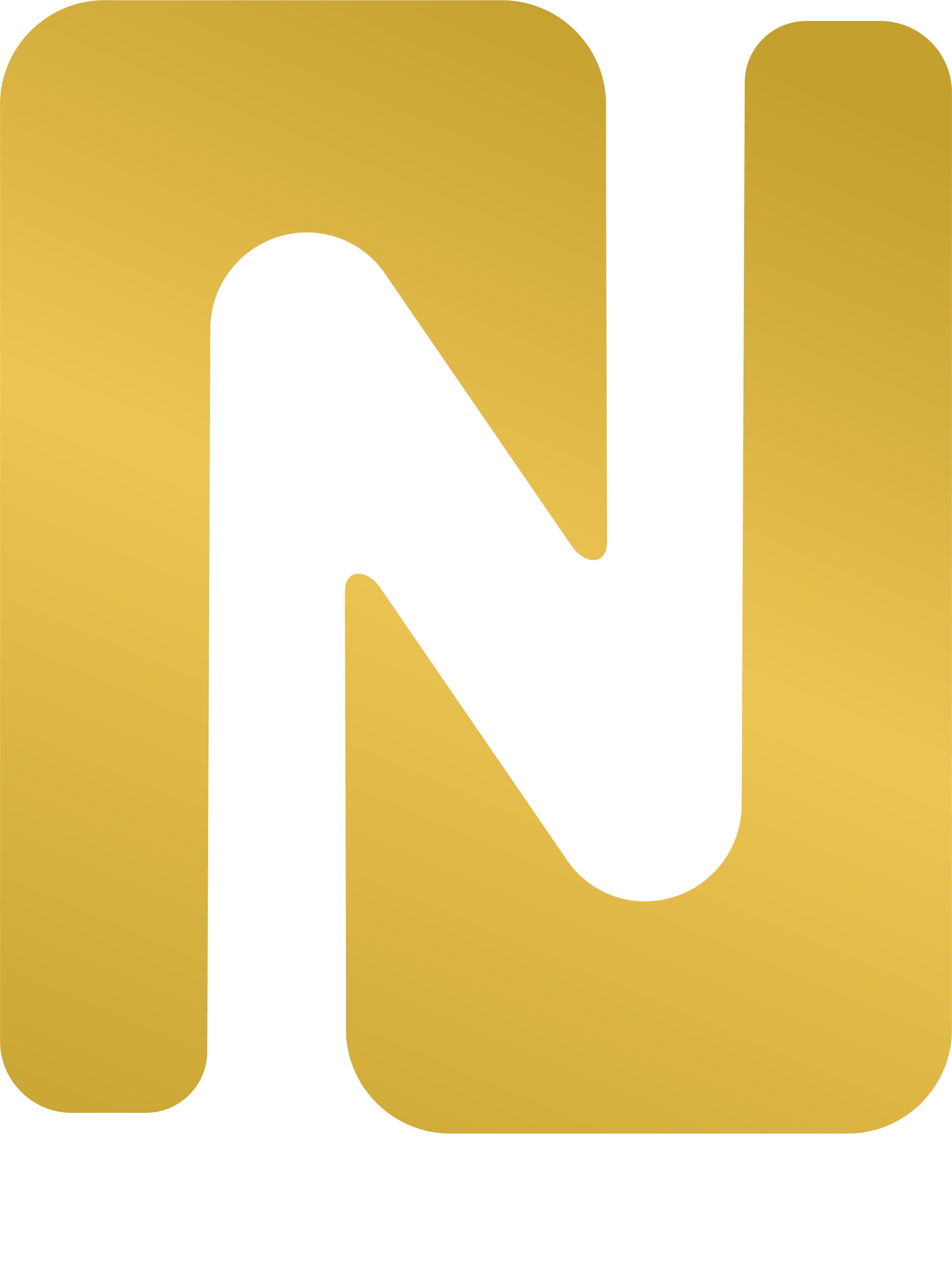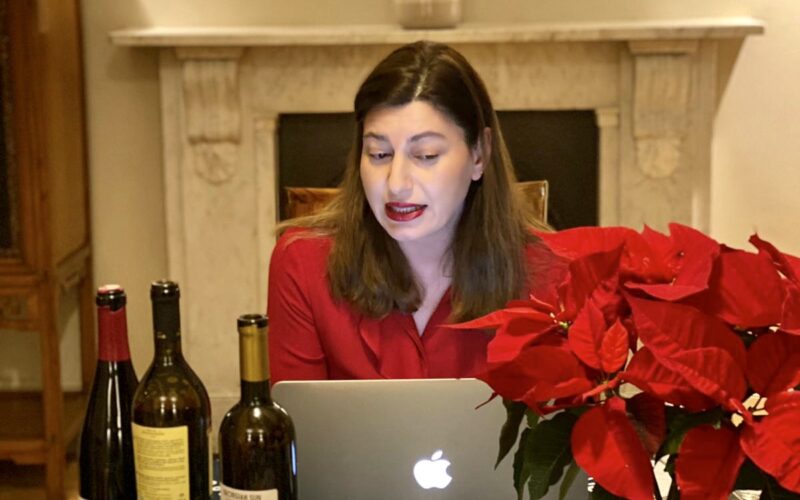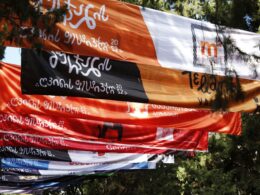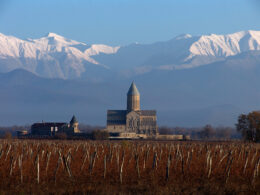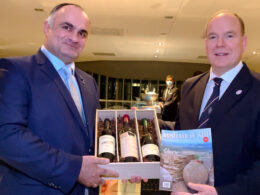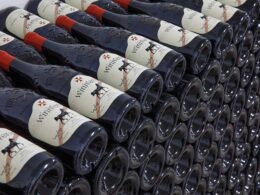We visited Vazisubani to taste their selected wines at the exact moment Estate Collection wines were bottled in the estate factory, and Lado Uzunashvili, the chief winemaker, had selected stories of Georgian wine and century-old traditions.
Upon our arrival, we felt like we were back in the 19th century, expecting to see Prince Sulkhan Chavchavadze coming back from his regular visit to the vineyards. The history of this noble estate begins back in a 1664 scripture, where it is mentioned as “Uriatubani.” In the 17th century, present-day Vazisubani was transferred to the possession of the Chavchavadze family, influential Kakhetian aristocrats that King Erekle I granted the title of Nobility in 1680.
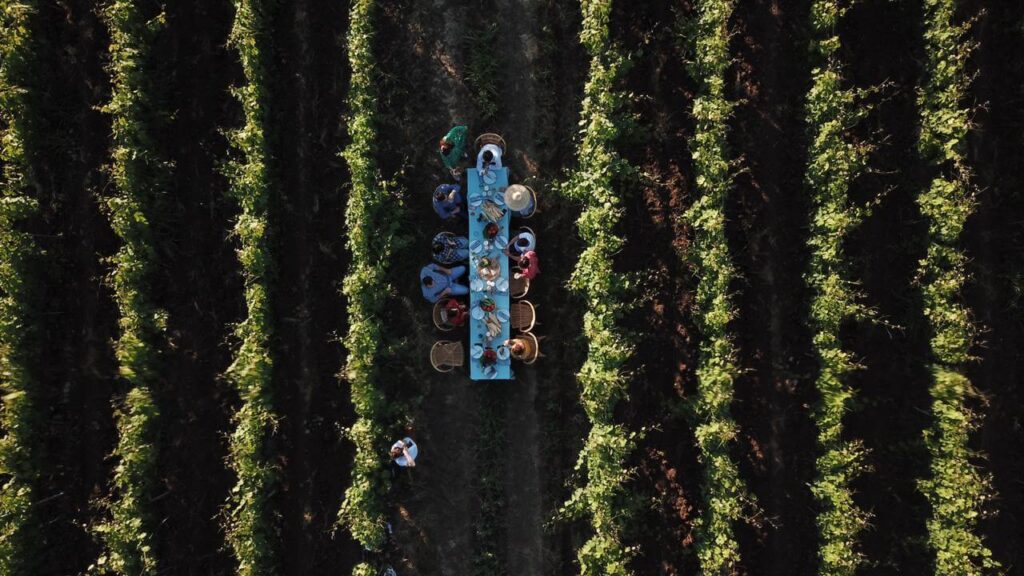
The castle built in the middle of the estate still has the same aristocratic charm, with its European and Georgian architectural elements as it did back when Sulkhan Chavchavadze built it on a hill of Vazisubani and when Georgian Nobility used to gather in its vast chambers and halls, drink wine and converse. Or even when it became an important meeting place for prominent figures of Georgian culture.
His grandson, Sulkhan Chavchavadze, would be born here, and at only 25, would become an active member of the Society for Spreading of Literacy, build a Sunday school in Vazisubani and educate the locals of viticulture and winemaking. This 20-hectare estate, rich in endemic variety vineyards, was an inheritance for younger Chavchavadze.
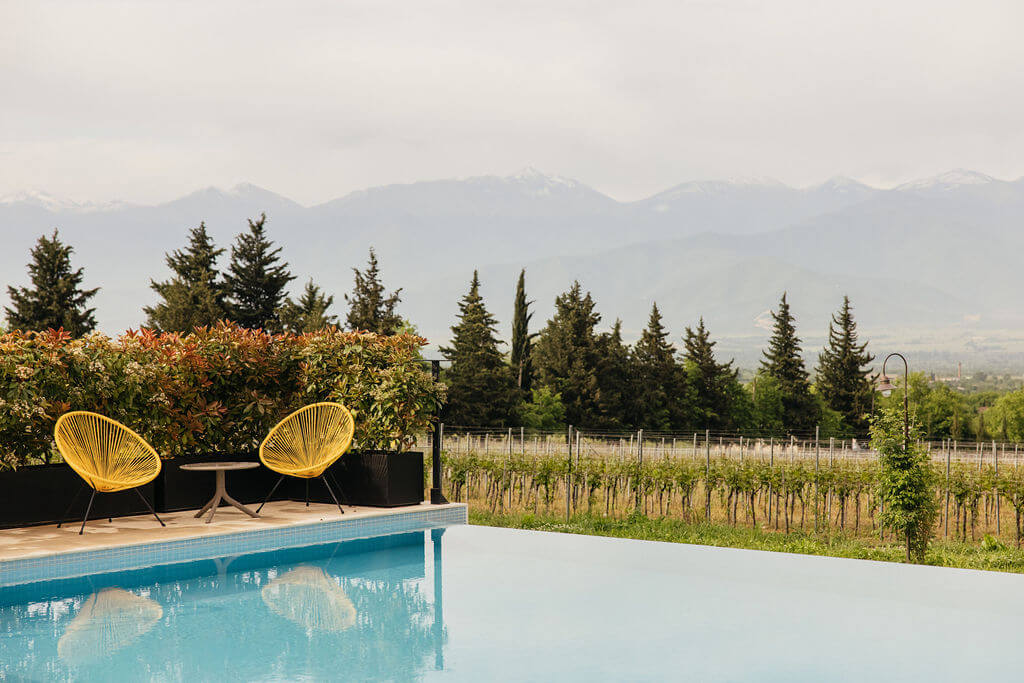
There was much hardship too. Not a lot is to be found about Sulkhan Chavchavadze as well. It is possible that he became a victim of 1924 repressions, or he might have fled the country together with his family. After the Soviets came to power, the estate got transformed into an experimental station for Kakheti viticulture, ultimately losing its original function and appearance. As a result, local unique vineyards got ruined.
In 2013, “Vazisubani Estate” company started the rehabilitation of the castle. Rehabilitation of the palace was started in 2013 by the “Vazisubani Estate” company. Its current look is a credit to English and Georgian architects and designers. Sulkhan Chavchavadze’s castle is now a boutique hotel with its inherited charm and some of the exquisite Victorian furniture selected at the British auctions. No two rooms are similar.
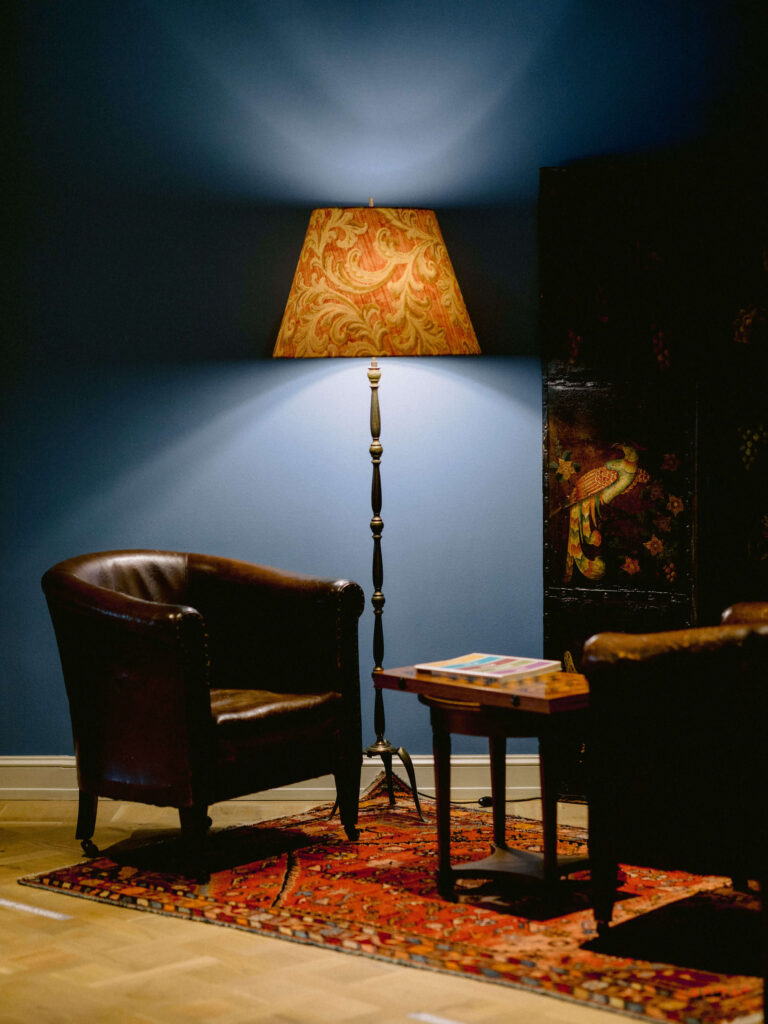
A unique dendrological garden path leads us through the middle of the estate. The hotel, restaurant, and wine cellar that counts 140 years are all situated in the middle of this garden. It is surrounded by a park that is populated with rare, hundred-year exotic plants – giant Himalayan cedar, a Paper mulberry, acacia, and boxwood. Our host is Lado Uzunashvili – an internationally recognized wine expert from Georgia. He is responsible for the production of “Vazisubani Estate” wines.

He is the 11th successor of the winemaking traditions of his family. For many years, he roamed through countries of grand winemaking traditions, soaking in their winemaking methods and perfecting his craft. His knowledge comes from France, Japan, Australia, and Georgia, and his experience crowns itself at “Vazisubani Estate.” Each bottle produced here is the symbol culture of wine that Sulkhan Chavchavadze had at his estate. A single sip of these wines will tell you they are created by a professional.
Estate Collection
Our visit to “Vazisubani Estate” coincides with the bottling of Estate Collection wines. Factory, equipped with modern technologies, with a potential to process 600 tonnes of grape annually, is located on the estate’s territory. We briefly witness an active working day but are later invited to the estate restaurant, where we are met with a traditional Kakhetian cuisine with a modern touch. The dishes cooked using locally sourced ingredients and premium wines from the Estate collection create an unforgettable experience. Estate Collection is a premium wine series of Vaizubani Estate, comprised of wines made using modern technologies: Mukuzani, Kisi, Khikhvi, Saperavi, Mtsvane, Rkatsiteli. We taste all of them with Lado Uzunashvili, while he tells us about Georgian wines’ century-old history and traditions. His winemaker ancestors lived in the Mukuzani appellation (former lands of Aleksandre Chavchavadze). Wine is part of his family history. Both his travels and his work were guided by one doctrine: no matter where the person is heading, he should never forget his origins, his country, his culture. That’s how he roamed the Earth before finally coming back home.
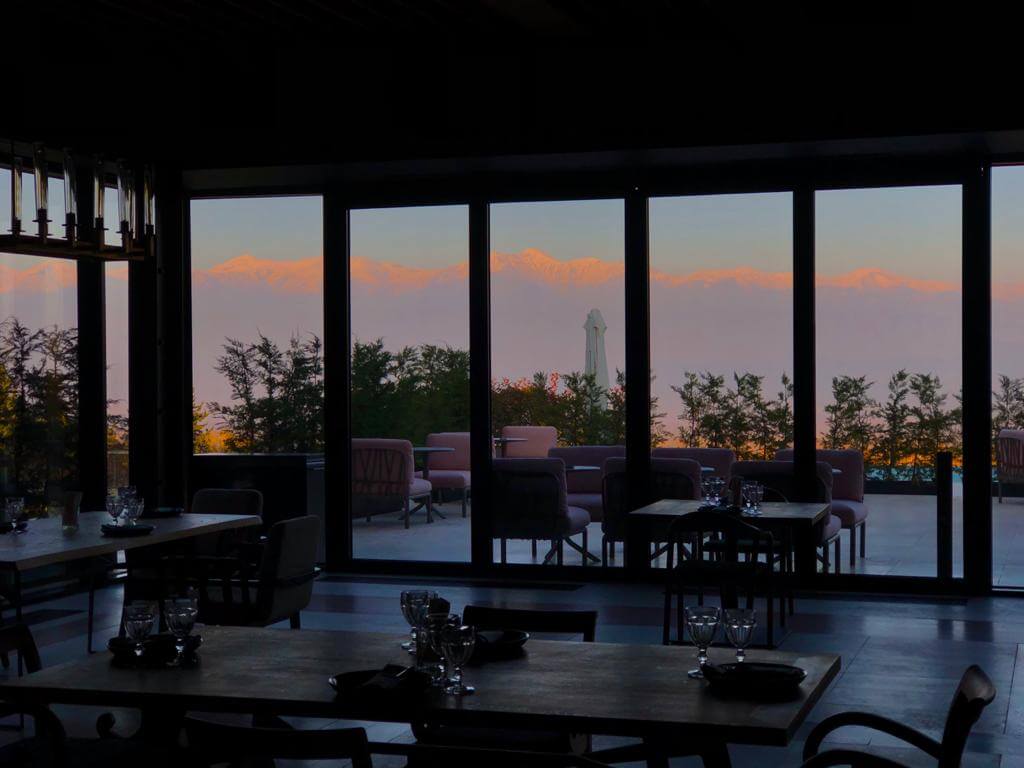
He left for Australia 25 years ago, where he was allowed to be a creator, decision-maker and bear the fruits of his labor. By the end of his second year, he began working on joint projects between Japan and Australia in the wine industry. Then, after 2,5 years, he moved to France for seven years.
Saperavi holds a special place in his personal history. He created two brands in Australia and both using Saperavi. Incidentally, both brands were recognised worldwide. He says that Cabernet Sauvignon was the red emperor of the world until Saperavi showed up. “Cabernet lost a couple of spikes from the crown when Saperavi appeared.”
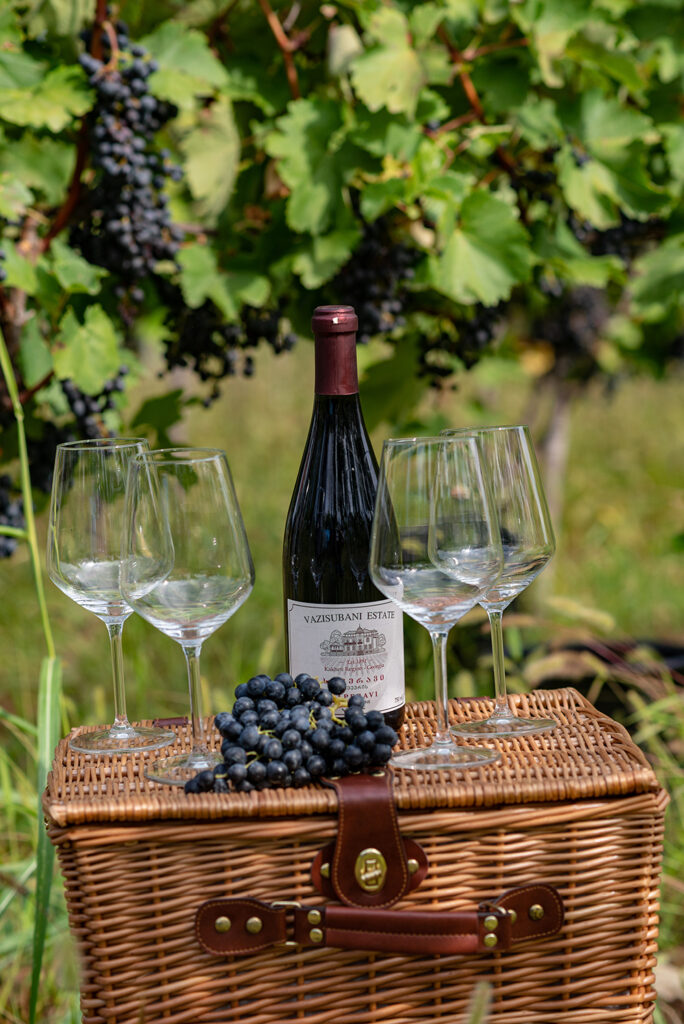
He starts talking about the connection between Georgians and wine from afar: “At first glance, there’s nothing special: our ancestor left the cave 8000 years ago, created agriculture, created conditions for sustainable development, protected his land, home, ceasing to be an attacker and an aggressor. When you have no reason to attack – that’s when humanity is born. Many centuries ago, we said “no” to destruction and chose culture. The wine was built on this foundation. We domesticated Vitis Vinifera. Ron Jackson, whom I consider a genius in the science of wine, says that vine naturally came to humans and their homes. Its cultivation started later. We always have to pay attention to the history that precedes us; it is our great advantage. The esoteric side of Georgian culture and mentality is fully embedded in wine. St. Nino, who enlightened Georgians, entered the country bearing the grapevine cross. Everyone had their god during those times, people worshipped idols, but Nino arrived with the cross and turned the nation to Christianity. Let’s say this story is not valid, and it is fabricated. Even the fabrication has vine and wine in it! That’s how it is Georgian imagination cannot surpass these two because both are part of his soul, life, and history. Now, let’s say that this story is true – Nino came with a grapevine cross, and Georgians set aside their thousand years of polytheism and turned the whole history upside down! After this, how can anyone say that wine and vine did not unite our country during the pre-Christianity era?! Please look at our country, its rich tapestry: Kakheti, with its great history, is like an altar of Georgia. The first rays of the Sun fall here. The wines in Adjara are ever so beautiful and harmonious. Or take Samegrelo and its Ojaleshi; marvelous Racha, Guria, Imereti – it is impossible not to love this country and all our regions!
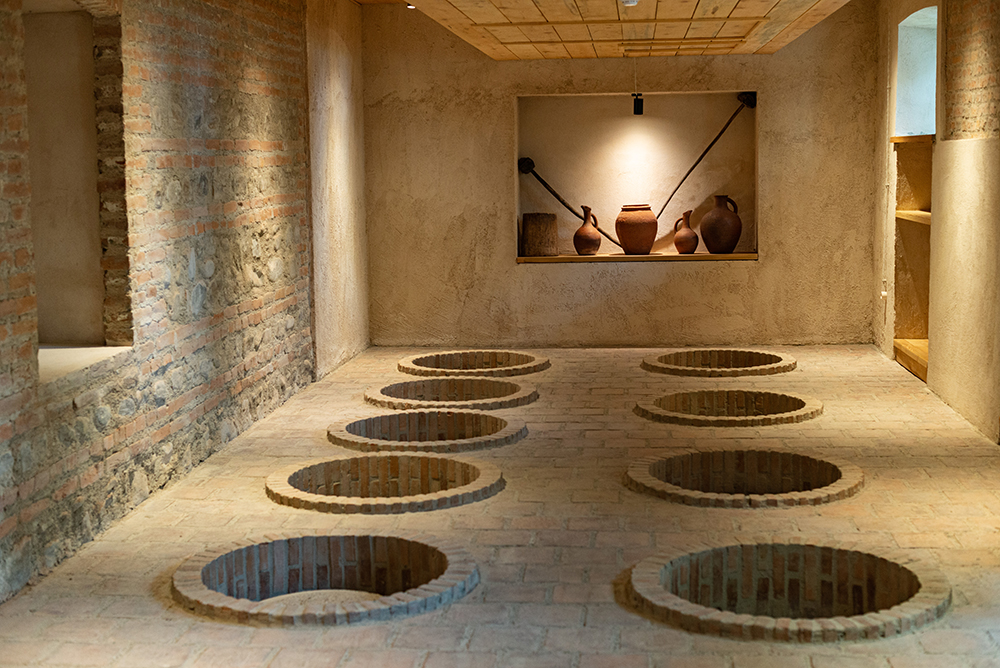
“Vazisubani Estate” vineyards are located in the unique micro-zone of Kakheti, which is ideal for cultivating endemic varieties such as Saperavi, Mrgvalmartsvala, Rkatsiteli, Kisi, Khikhvi, and Kakhuri Mtsvane. The estate produces 50,000 bottles of red and white qvevri wine. The ancient roots of Georgian wine are incredibly well cared for here, as it is believed that each bottle of local wine holds the genetic memory of the estate. In addition to the unique climate, the wine of “Vazisubani Estate” is distinguished by a special process of its production, which is carried out at the estate from the beginning to the end: from soil care to vine formation, from harvesting to ageing of wine in bottles. This process goes on continuously throughout the year.
“Vazisubani could never exist without the specific historical, climatic, and philosophical influence that this geographical area was subjected to. This is a wine region established not for centuries, but millennia, and as old as our southern Georgia, where many cultures emerged from. Vazisubani is an integral part of the Mukuzani appellation (and Akhasheni), naturally placed as a glorious, white wine-producing zone.
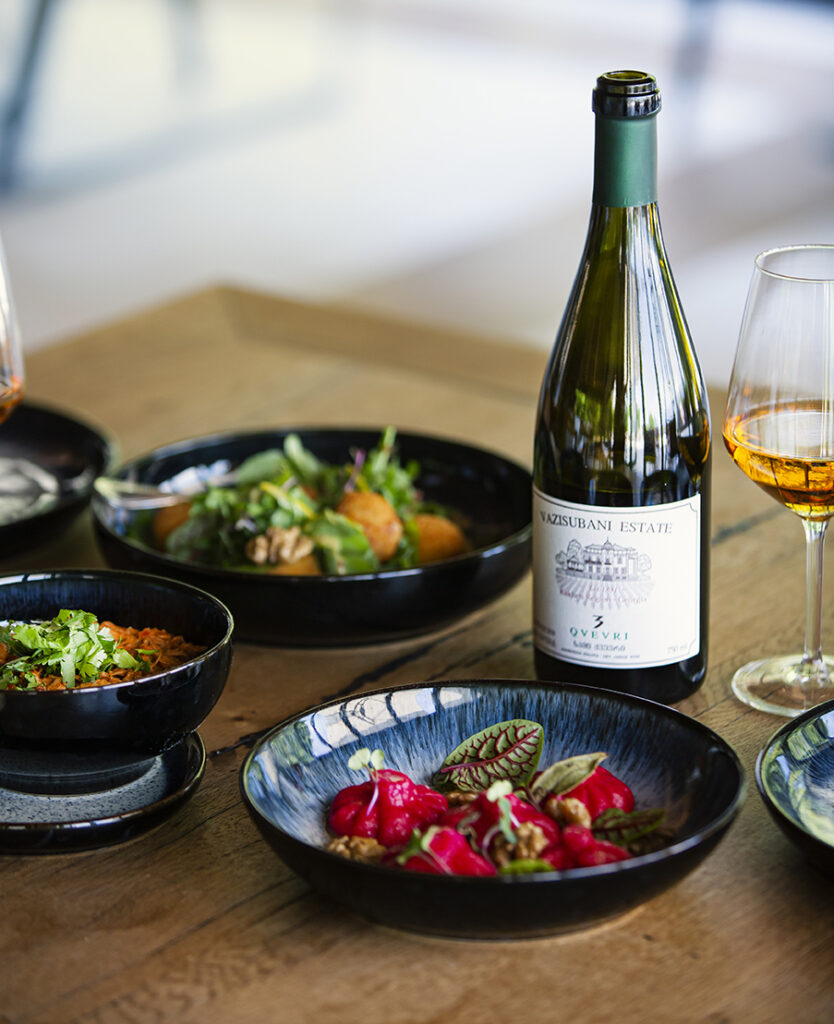
If you look at our vineyards, the first few rows of soil are dark because the rain washed all the humus down; if you look further, you’ll find red clay soil just a few meters away. So, how can one vine have the same biochemistry as the other one?! It is impossible. We are witnessing the birth of terroir within terroir; hence we have divided all the varieties on our 33 hectares based on soil. As a result, we have 4-5 drastically different zones next to each other. This is truly a great case.
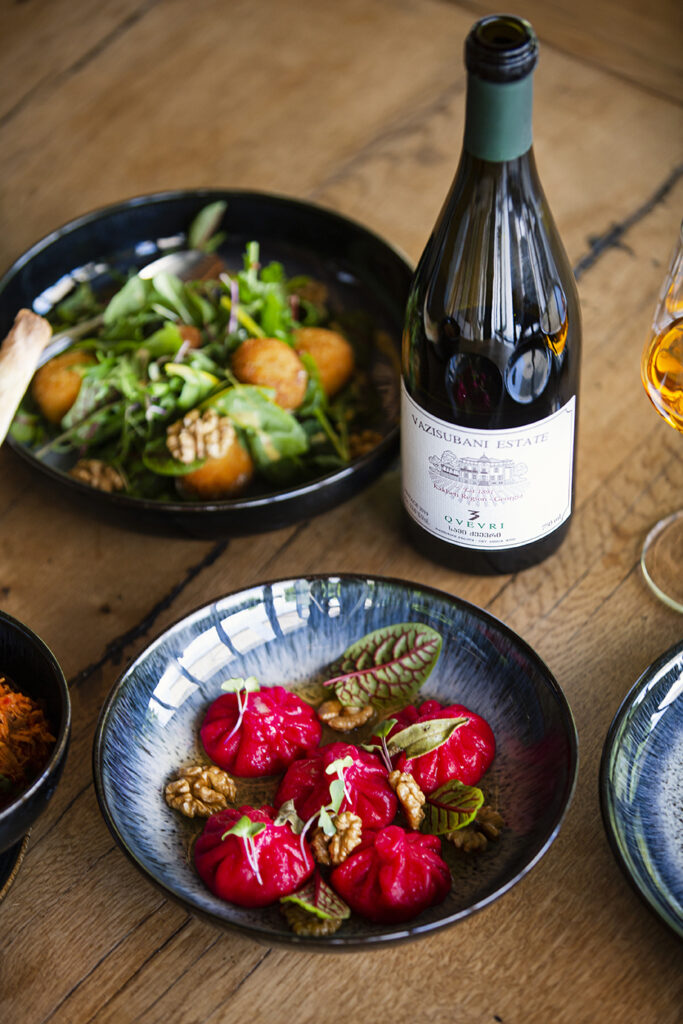
This terroir can produce sublime wine, and I am confident we can stand alongside or surpass those who want to compete with Georgian wine. What’s crucial is conveying the right message to the consumer. It is like winning a battle.
Not too long ago, our wine was considered oxidative, but it is on the OIV special wines list as a separate category today. We have the style of wine at our disposal that was born 8000 years ago and remains untouched. We have been making it for 8000 vintages.”
